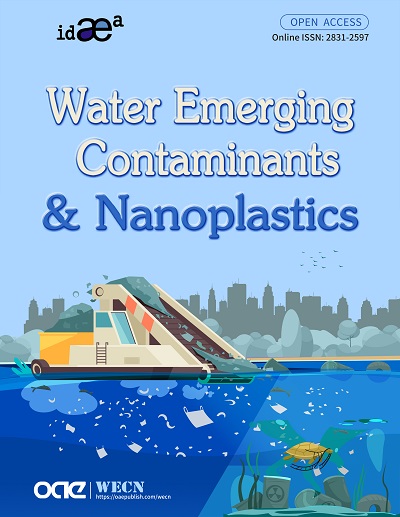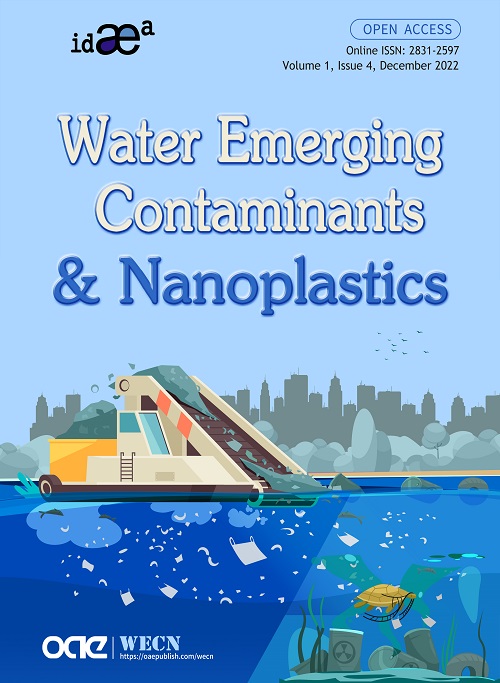Volume 1, Issue 4 (December, 2022) – 4 articles
Cover Picture: Per- and polyfluoroalkyl substances (PFAS) encompass a large, heterogeneous group of chemicals of potential concern to human and environmental health. Based on information for some legacy PFAS, such as perfluorooctane sulfonate and perfluorooctanoate, there is an increasing awareness that they can represent a serious environmental risk. Although the environmental occurrence and fate of some legacy PFAS and their toxicity under controlled laboratory conditions have been investigated, to date, there is a dearth of information on the exposure and potential adverse effects of these compounds towards free-living organisms. The present review summarizes the findings of field studies investigating the accumulation and adverse effects induced by the exposure to environmental mixtures of both legacy and emerging PFAS in the wildlife living nearby fluorochemical production plants (FCP). Biomonitoring campaigns performed close to FCP, which can be considered as hotspots of PFAS contamination, can be very useful in exploring the fate and toxicity of these compounds towards free-living organisms. All studies showed that the bioaccumulation of both legacy and emerging PFAS in wildlife living near the FCP is higher compared to control sites and other areas worldwide. However, the investigation on adverse effects returned contrasting results, suggesting the need for further studies to shed light on the toxicity and mechanism(s) of action of PFAS in free-living organisms.
view this paper 







